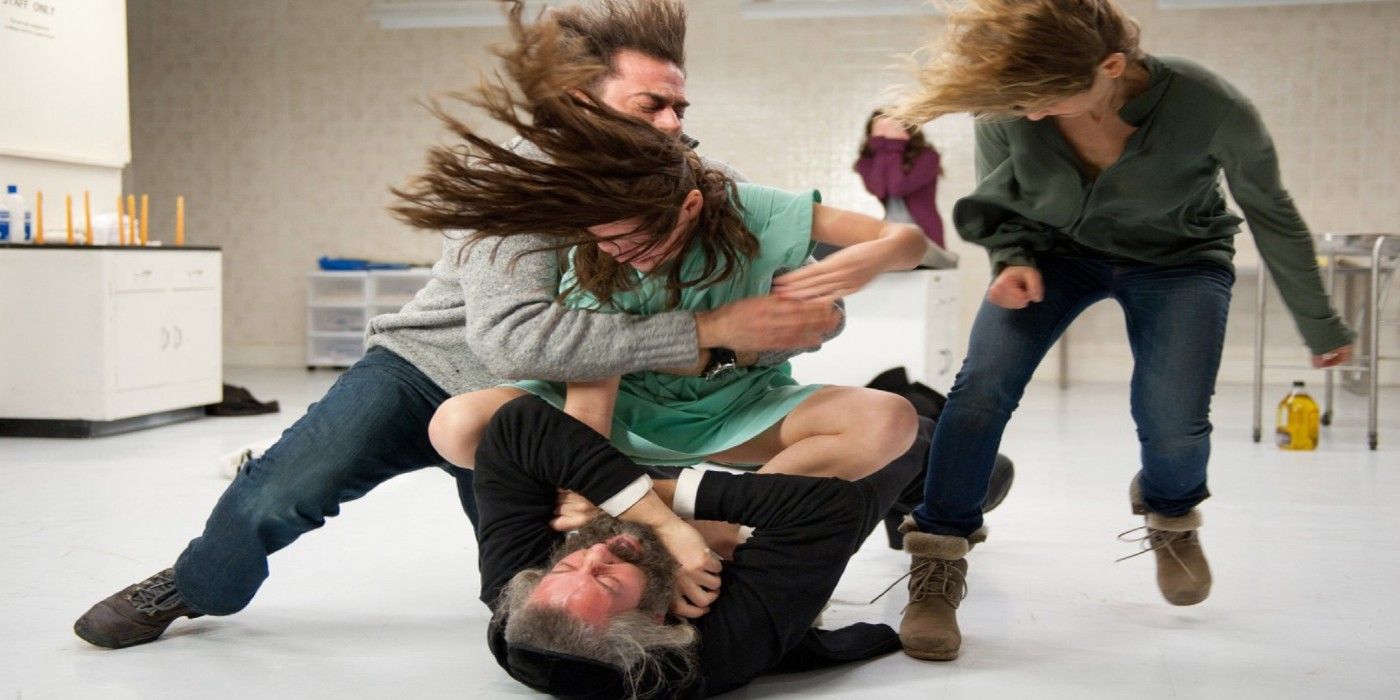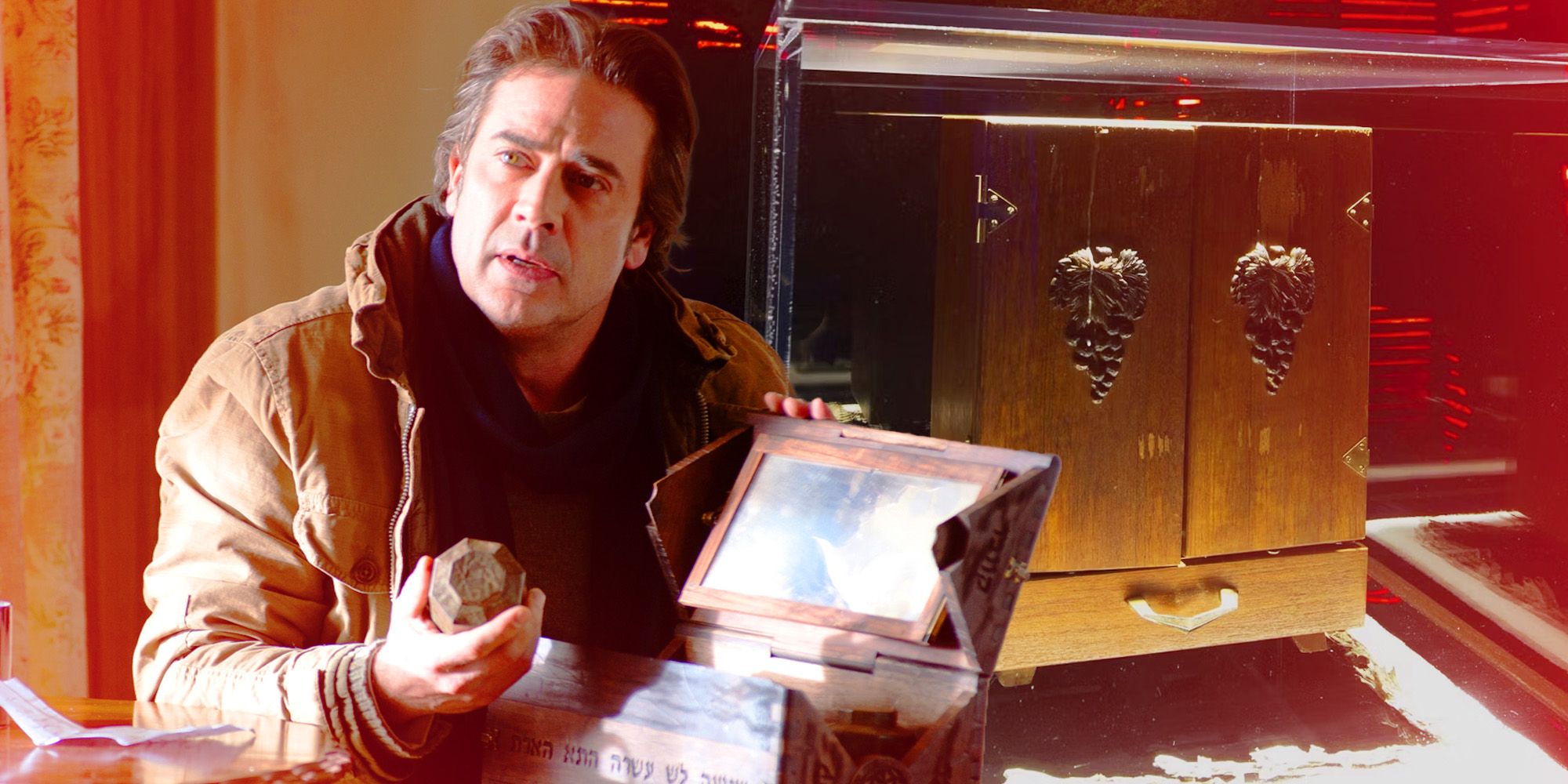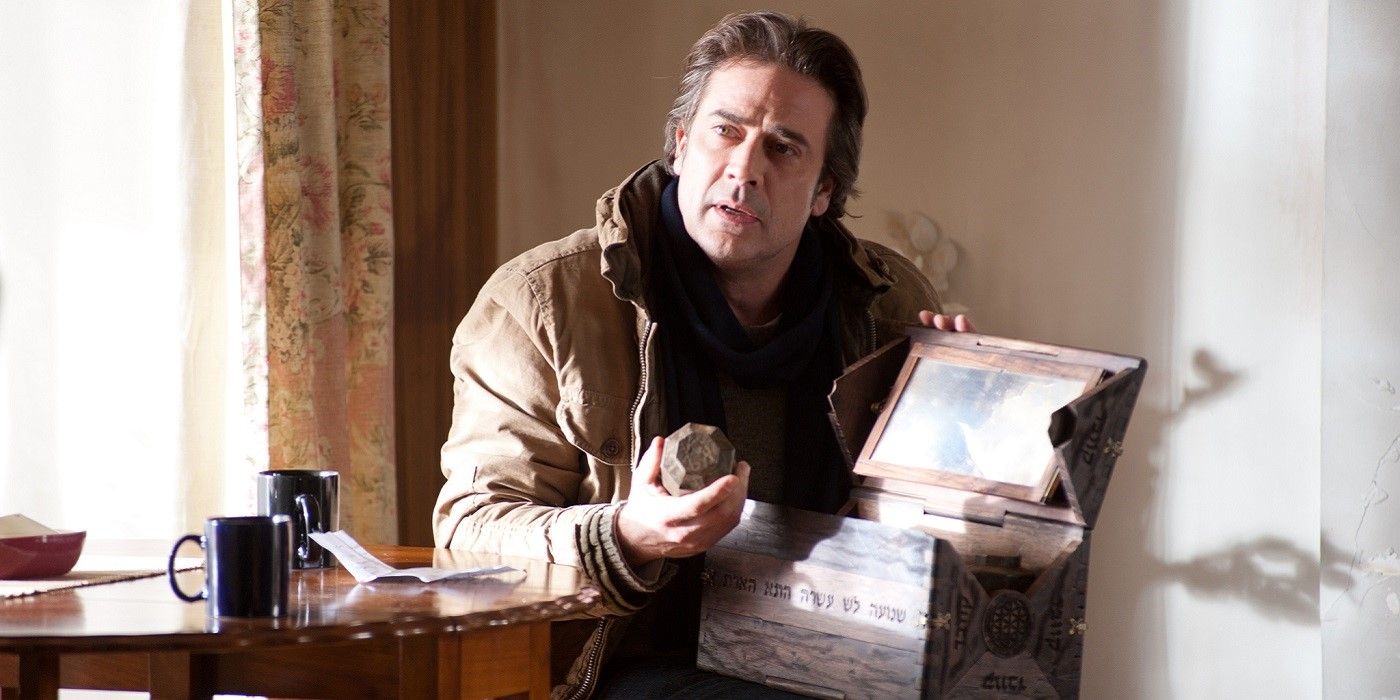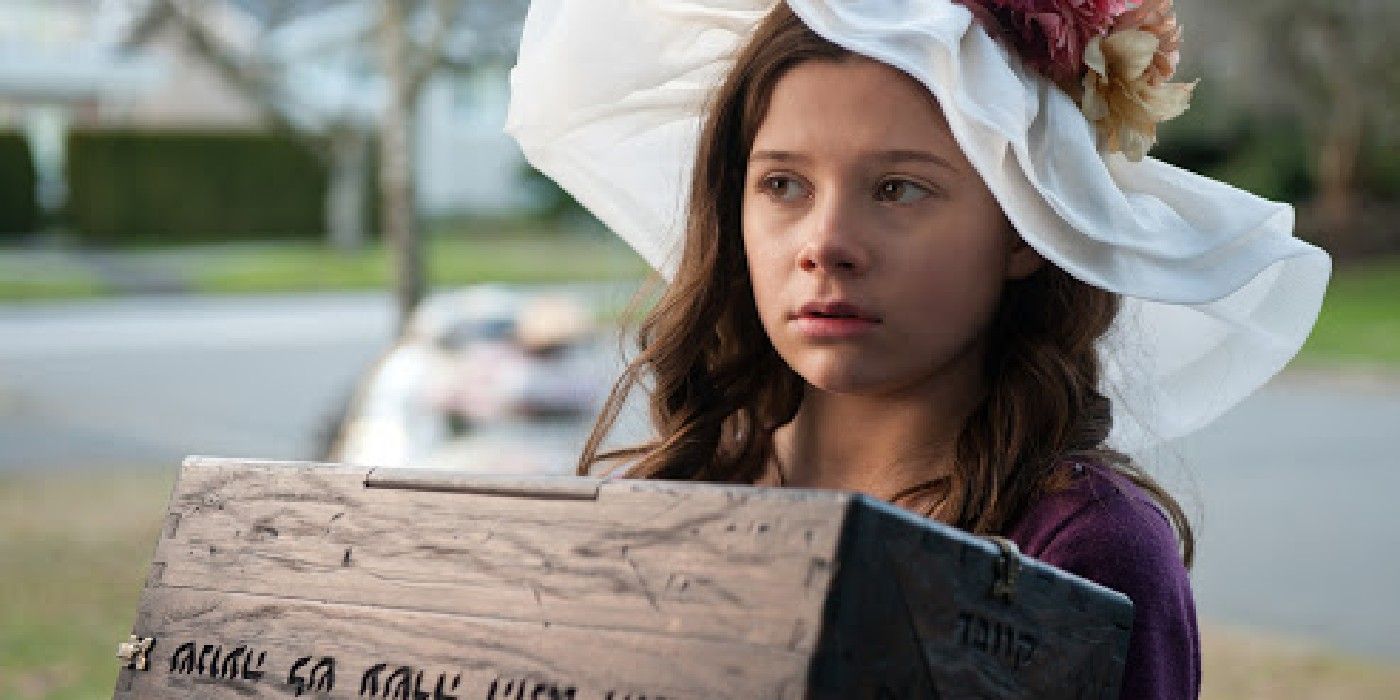Summary
- The Possession centers around a mysterious dybbuk box, claiming to be based on a true story, blurring the line between fiction and reality.
- The box is believed to be haunted by a malicious spirit called Abyzou and goes through three stages of possession, ultimately attaching itself to a human host.
- The true story of the dybbuk box involves claims made by Kevin Mannis, who later admitted to embellishing its history, sparking debate over whether the box is truly haunted.
The Possession centers its plot around a mysterious object called the dybbuk box and even claims that its story is based on a true story, making it hard not to be curious if the box is real. Many horror movies come with the "based on a true story" motif, but the real-world connotations of their narrative are not as simple as they usually seem. The true story behind The Possession's dybbuk box is perhaps the perfect example of this.
In The Possession's opening scene, a woman attempts to destroy a mysterious wooden box. As the box whispers, "Zjem twoje serce" ("I will eat your heart" in English), the woman stares at it with terror, determined to get it out of the way. However, before she lowers her hammer to break it, the box chants another spell, making the woman shake uncontrollably and ram herself against her living room's wall. This opening scene in the movie establishes that the box is haunted but takes its time to delve into its origins and significance in the overarching story.

The Possession: Terrifying On Set Incidents Explained
The Possession, a 2012 supernatural horror, was marked by terrifying incidents outlined by the film's cast and crew throughout production.The Role Of The Dybbuk Box In 2012's The Possession Explained
The Possession's main character is a 10-year-old girl, Em, who gets her hands on the box after her father, Clyde, buys it from a yard sale. However, when Em grows increasingly possessive about the box and her demeanor suddenly becomes more reclusive, her worried father takes the box to a university professor. The professor tells him that it is a dybukk box from the 1920s or '30s, containing a malicious spirit called the dybukk according to Jewish mythology. To prevent the box from further possessing his daughter, Clyde first tries to read Psalm 91. However, he decides to visit a Hasidic community in Brooklyn after the evil force in the box reacts violently.
After meeting Rabbi Tzadok, Clyde learns that the box's possession unfolds in three stages, where the third stage involves the dybbuk permanently attaching itself to its human host. He also discovers that the name of the dybbuk in the box is Abyzou ("Taker of Children"), and the only way to defeat it is by forcefully locking it back inside its box. Realizing that they are running out of time, Clyde and Tzadok perform an exorcism on Em and, after an intense struggle, put the dybbuk back in the box. In The Possession's ending moments, however, the box and its dybukk survive after Tzadok loses it in a car accident.
The True Story Of The Haunted Dybbuk Box
The dybbuk box is based on the claims made by a man named Kevin Mannis. Long before the dybbuk box became instrumental to The Possession's storyline, Mannis bought a cabinet from a yard sale in Portland, Oregon. With what followed, he put the cabinet up for auction on eBay with a description saying that it was previously owned by a Holocaust survivor from Poland who claimed that it had a dybbuk captured inside it. To further solidify this claim, Mannis added that the box brought him misfortune and terrifying nightmares. Mannis' story triggered a chain reaction of events where subsequent owners of the box started making similar statements about it.
The box became so viral on the internet that even the Director of the Museum of Osteopathic Medicine, Jason Haxton, acquired it at some point and even started a website showcasing a collection of all the claims associated with the box. Mannis, however, later came clean about doing everything from etching the cravings on the back of the box to placing a rock inside it and naming it the dybbuk box (via Inverse). Many skeptics also questioned whether the box was haunted. Although the truth behind the box remains a mystery, Haxton benefited from the internet legend's popularity after he sold the rights to the box's backstory for The Possession in 2004.
Sources: Inverse



